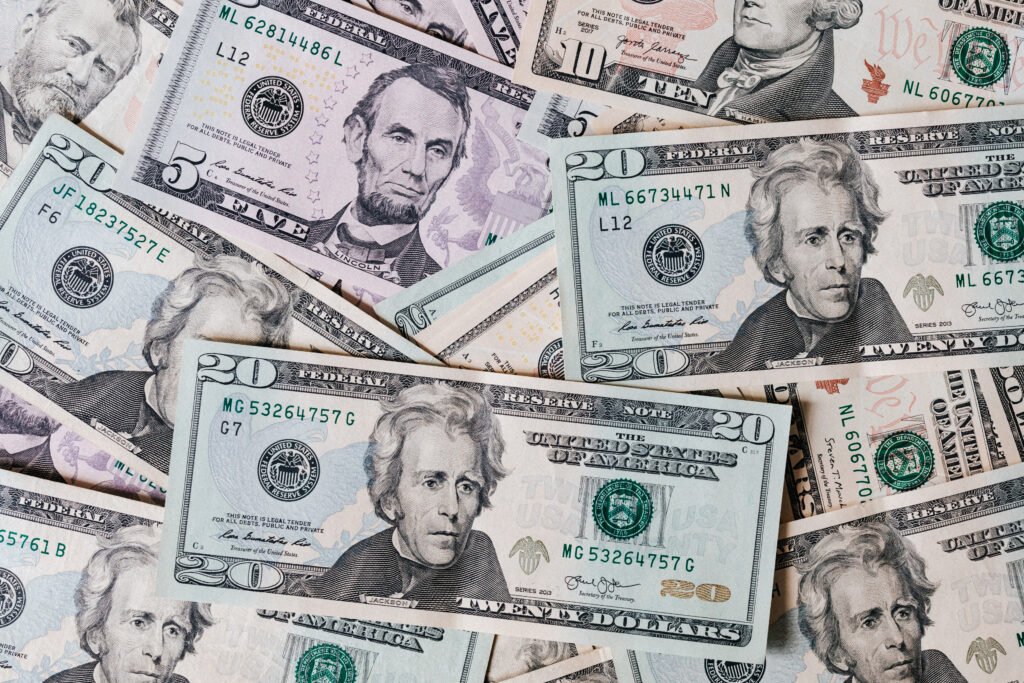Have you ever wondered how to calculate your savings when using coupons? Whether you’re an avid coupon user or just getting started, understanding how to determine the actual amount of money you saved can be a useful skill. In this article, we will explore a step-by-step process that will demystify the calculation of coupon savings, allowing you to see the true impact of your bargain-hunting skills. So, get ready to unlock the secrets of coupon savings and take your frugal game to the next level!
Understanding Coupons
Coupons are a great way to save money on your purchases. They are essentially discounts or special offers that can be applied to your total bill at the checkout counter. By taking advantage of coupons, you can stretch your budget and get more for your money. However, in order to make the most of these money-saving opportunities, it’s important to understand the different types of coupons, their expiration dates, and how to determine their value.
Types of Coupons
There are various types of coupons available, each offering a unique way to save money. The most common types include percentage off coupons, fixed amount coupons, and Buy One Get One (BOGO) coupons.
-
Percentage off coupons: These coupons offer a specific percentage discount on your total bill. For example, a 20% off coupon would deduct 20% from your final purchase price.
-
Fixed amount coupons: These coupons provide a fixed dollar amount discount on your total bill. For instance, a $10 off coupon would subtract $10 from your final purchase price.
-
BOGO coupons: These coupons allow you to buy one item and get another item for free or at a discounted price. They are a great way to save money on products you regularly purchase.
Understanding the different types of coupons will help you determine which offers will give you the best savings based on your shopping needs and preferences.
Expiration Dates
It’s important to pay attention to the expiration dates of coupons. Coupons usually have a specific timeframe within which they can be utilized. Once the expiration date passes, the coupon becomes invalid and can no longer be used. It’s crucial to check the expiration date of a coupon before planning your shopping trip to ensure that you can take advantage of the savings it offers. You can find the expiration date printed on the coupon itself or in the terms and conditions provided.
Coupon Value
The value of a coupon refers to the amount of money or discount it provides. This value can vary depending on the type of coupon and the terms and conditions set by the retailer or manufacturer. Understanding the coupon value is essential for calculating your savings and determining whether the coupon is worth using. By knowing the value of the coupon, you can make informed decisions about which coupons to use for maximum savings.

Determining Coupon Savings
Once you have gathered your coupons, it’s time to calculate your savings. Following a few simple steps will help you determine the actual discount you will receive and the total amount of money you’ll save.
Step 1: Read the Coupon Terms
Before using a coupon, it’s crucial to read and understand the terms and conditions associated with it. These terms provide important information about any restrictions, such as minimum purchase requirements, specific products or brands eligible for the discount, and any limitations on combining the coupon with other offers. By familiarizing yourself with the coupon terms, you can ensure that you comply with any requirements and get the maximum benefit from the coupon.
Step 2: Calculate Discount Amount
To calculate the discount amount provided by a coupon, you need to know the coupon’s value and the qualifying purchase amount. For percentage off coupons, multiply the qualifying purchase amount by the coupon’s percentage discount. For fixed amount coupons, deduct the coupon’s fixed amount from the qualifying purchase amount. This will give you the discount amount that will be subtracted from the original price.
Step 3: Subtract Discount from Original Price
After calculating the discount amount, subtract it from the original price to determine the final price you’ll pay. This step is essential to understand the actual savings you’ll achieve through the coupon. By subtracting the discount from the original price, you can see the immediate impact of the coupon on your total bill.
Step 4: Calculate Total Savings
To calculate the total savings from multiple coupons or purchases, repeat steps 2 and 3 for each coupon or purchase. Once you have the discounted price for each item, add them together to determine your total savings. This will give you a clear picture of the overall amount of money you saved through using coupons.

Examples of Coupon Savings
Let’s take a look at a few examples to further illustrate how coupon savings can be calculated.
Example 1: Percentage off Coupon
You have a 25% off coupon for a pair of shoes priced at $80. By applying the coupon, you would calculate the discount amount by multiplying the original price ($80) by the coupon’s percentage discount (0.25). The discount amount would be $20. Subtracting the discount amount from the original price, you would only have to pay $60 for the shoes, resulting in a savings of $20.
Example 2: Fixed Amount Coupon
You have a $10 off coupon for a shirt priced at $35. To calculate the discount amount, you simply deduct the coupon’s fixed amount ($10) from the original price ($35). The discounted price of the shirt would be $25, resulting in a savings of $10.
Example 3: BOGO (Buy One Get One) Coupon
You have a BOGO coupon for a pack of cookies priced at $4. The coupon allows you to buy one pack and get another pack for free. In this case, the savings equal the price of the second pack of cookies, which is $4. Therefore, you would be saving $4 by using this coupon.

Considerations and Limitations
While coupons can be a fantastic way to save money, there are some considerations and limitations to keep in mind.
Product Restrictions
Many coupons come with specific product restrictions. These restrictions can include limitations on certain brands, sizes, or variations of a product. It’s crucial to read and understand the terms and conditions of a coupon to ensure that you’re buying the right product and will be eligible for the discount. Ignoring product restrictions may result in a coupon being rejected at the checkout.
Stacking Coupons
Stacking coupons refers to using multiple coupons on a single purchase. While some retailers may allow this practice, many limit the number of coupons that can be used per transaction. It’s important to check the coupon terms and the store’s policy to determine whether stacking coupons is permitted. Remember, even if stacking is allowed, you should consider the overall value and determine if it’s worth using multiple coupons or if a single coupon provides the best savings.
Maximum Savings
Some coupons have a maximum savings limit. This means that even if the discount calculation results in a higher savings amount, the coupon will only deduct up to the maximum limit. It’s important to be aware of any maximum savings limits in order to accurately calculate the total discount you’ll receive.
In conclusion, understanding coupons and how to calculate their savings can help you make the most of these money-saving opportunities. By familiarizing yourself with the different types of coupons, their expiration dates, and their value, you can optimize your coupon usage. By following the steps to determine the discount amount and subtracting it from the original price, you can calculate your savings accurately. Examples further illustrate how these calculations work. Finally, considering product restrictions, the ability to stack coupons, and any maximum savings limits will help you navigate the couponing world with ease. So, get ready to unleash the power of coupons and save money on your next shopping spree!
